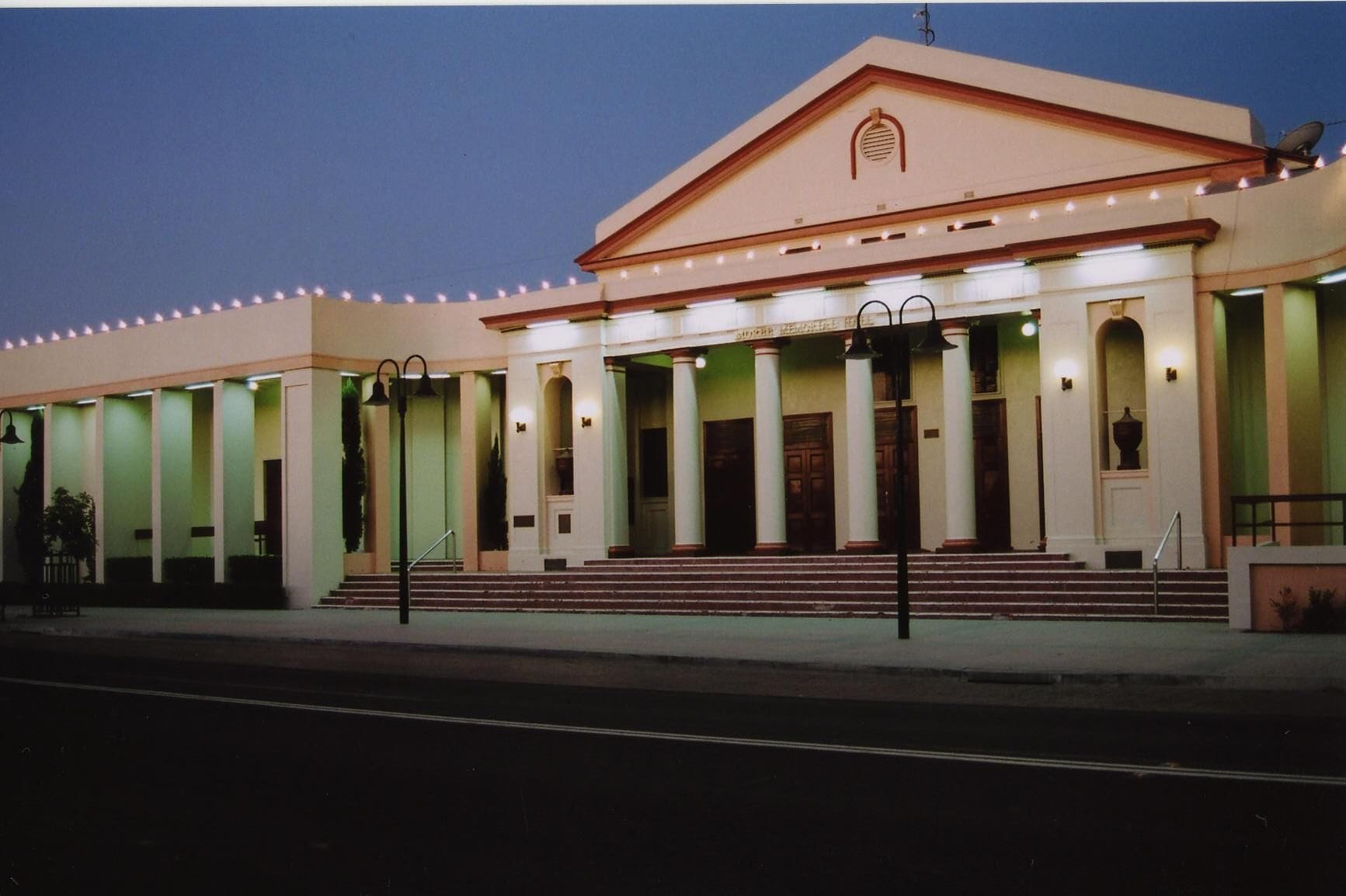Art Deco & History

Above: Moree War Memorial Hall, Balo Street, Moree
Heritage & Art Deco
With a history steeped in exquisite Art Deco architecture, Moree's main street showcases majestically restored heritage listed buildings influenced by American, Egyptian, Greek, and Spanish design practices.Dating back to the period between 1920 to 1939, Art Deco utilizes a combination of modern art movements and design principles as well as ideas from ancient geometric design styles. The result is a breathtakingly unique CBD which is perfect for taking a trip down memory lane.
The Moree History Tour
The Moree History Tour, is a guided walking tour that departs from the Moree Visitor Information Centre and explores the Moree CBD focusing on the History and Art Deco buildings.
Dating back to the period between 1920 and 1939, Art Deco utilises a combination of modern art movements and design styles. This tour explores the main street of Moree which showcases exquistitly restored herritage-listed buildings influenced by American, Egyptian, Greek and Spanish design practises.
While embarking on this walk you will learn of some of the major events in the history of our town, stories of early pioneers and some of the influential people in the history of Moree.
- Dont forget you will need to be dressed comfortably and according to the weather.
- Ensure you wear suitable walking shoes, a hat, sunscreen and bring a bottle of water.
- Its important to SLIP, SLOP, SLAP. SLIP on a shirt, SLOP on some sunscreen & SLAP on a hat!
For prices and information on the next tour, contact Tourism Moree on (02) 6757 3350.
Moree Heritage Trail
Above: Presently the Moree Plains Gallery formaly known as the Old Commercial Bank building.
Moree's Heritage Trail is an easy walk highlighting many historical buildings for you to enjoy.A copy of the Moree Heritage Trail pamphlet can be picked up at the Moree Visitor Information Centre.
This relaxing walk covers 14 of Moree's historical buidlings in the CBD area of the town including the Moree Plains Gallery, which was formerly a bank constructed in 1910, designed by P.E. Ranclaud.





